title
Agora Phobia (digitalis)
artist
Lancel/Maat (Karen Lancel and Hermen Maat)
intro
Agora Phobia (digitalis) is an interactive installation and performance by Lancel/Maat. The mobile monument explores experiences and imaginations of being (un)safe and isolated.
The work consists of a traveling, inflatable Isolation Pillar that is placed in busy public spaces like train stations, squares, or museums. Inside the pillar, where only one person can enter, there is an intimate, free, and safe space. Here the visitor is invited to chat with someone who lives in isolation somewhere else, like in a prison or a cloister, or someone who suffers from agoraphobia.1
Agora-phobia-digitalis.org contains an online archive of the dialogues that came about in the chat box. They are often intimate conversations which reflect on the personal experiences of private and public space and the changing perception of these in the context of a mediatised society.
biography artist
Artist duo and researchers Karen Lancel and Hermen Maat explore the tension between “embodied intimacy, privacy and trust in current bio(techno)logical entanglement with (non-)human others.”2 They design meeting places for public space, which function as artistic social laboratories where the public participates as a co-creator. Karen Lancel studied at the Gerrit Rietveld Academy in Amsterdam and is currently an artistic PhD candidate at the Technical University of Delft. Hermen Maat is a teacher media art at Minerva Art Academy Groningen, and a member of the research group Image in Context. Together, they lectured internationally at art academies and universities.
keywords
performance, installation, internet art, archive, agoraphobia, interactive, participatory art, technology, society, privacy
images
[caption id="attachment_505" align="alignnone" width="593"]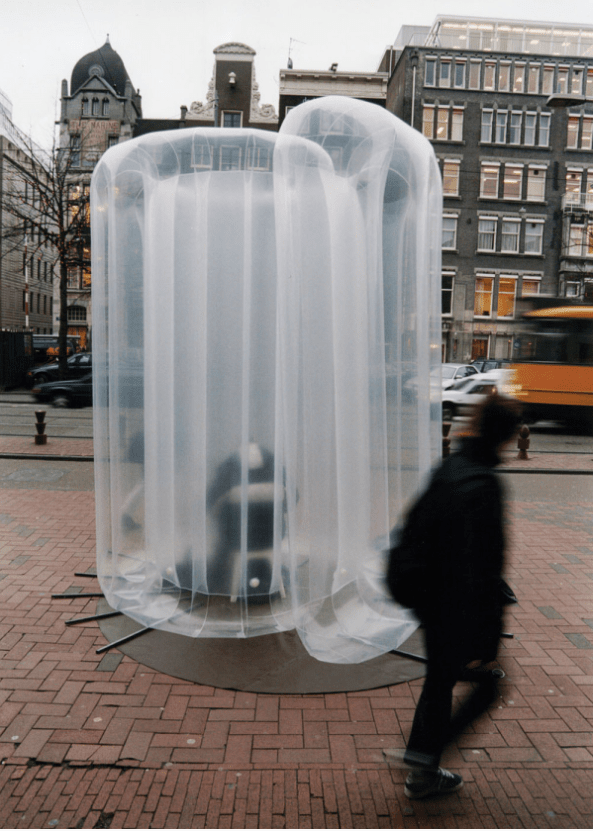 Karen Lancel, Hermen Maat. Agora Phobia (digitalis). De Appel Amsterdam. Exhibition: 'Unlimited.nl#3'. Curator: Zdenka Badovinac. (2000). Photo Credits: Lancel/Maat.©Lancel/Maat. City location: Rokin, Amsterdam[/caption]
[caption id="attachment_506" align="alignnone" width="708"]
Karen Lancel, Hermen Maat. Agora Phobia (digitalis). De Appel Amsterdam. Exhibition: 'Unlimited.nl#3'. Curator: Zdenka Badovinac. (2000). Photo Credits: Lancel/Maat.©Lancel/Maat. City location: Rokin, Amsterdam[/caption]
[caption id="attachment_506" align="alignnone" width="708"]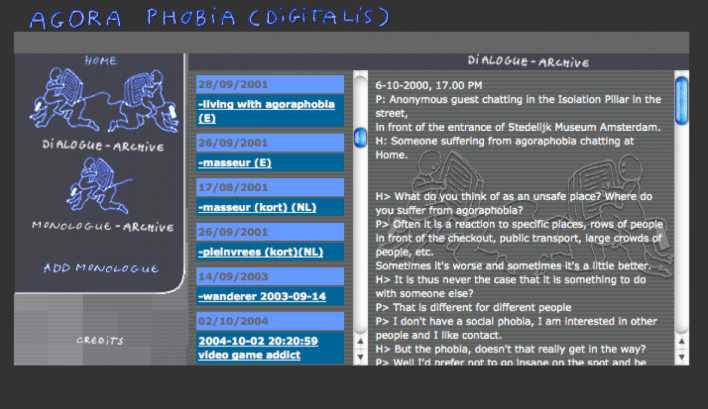 Karen Lancel, Agora Phobia (Digitalis), 2000-2009. website Screen capture 2012-04-24.[/caption]
[caption id="attachment_1040" align="alignnone" width="2048"]
Karen Lancel, Agora Phobia (Digitalis), 2000-2009. website Screen capture 2012-04-24.[/caption]
[caption id="attachment_1040" align="alignnone" width="2048"]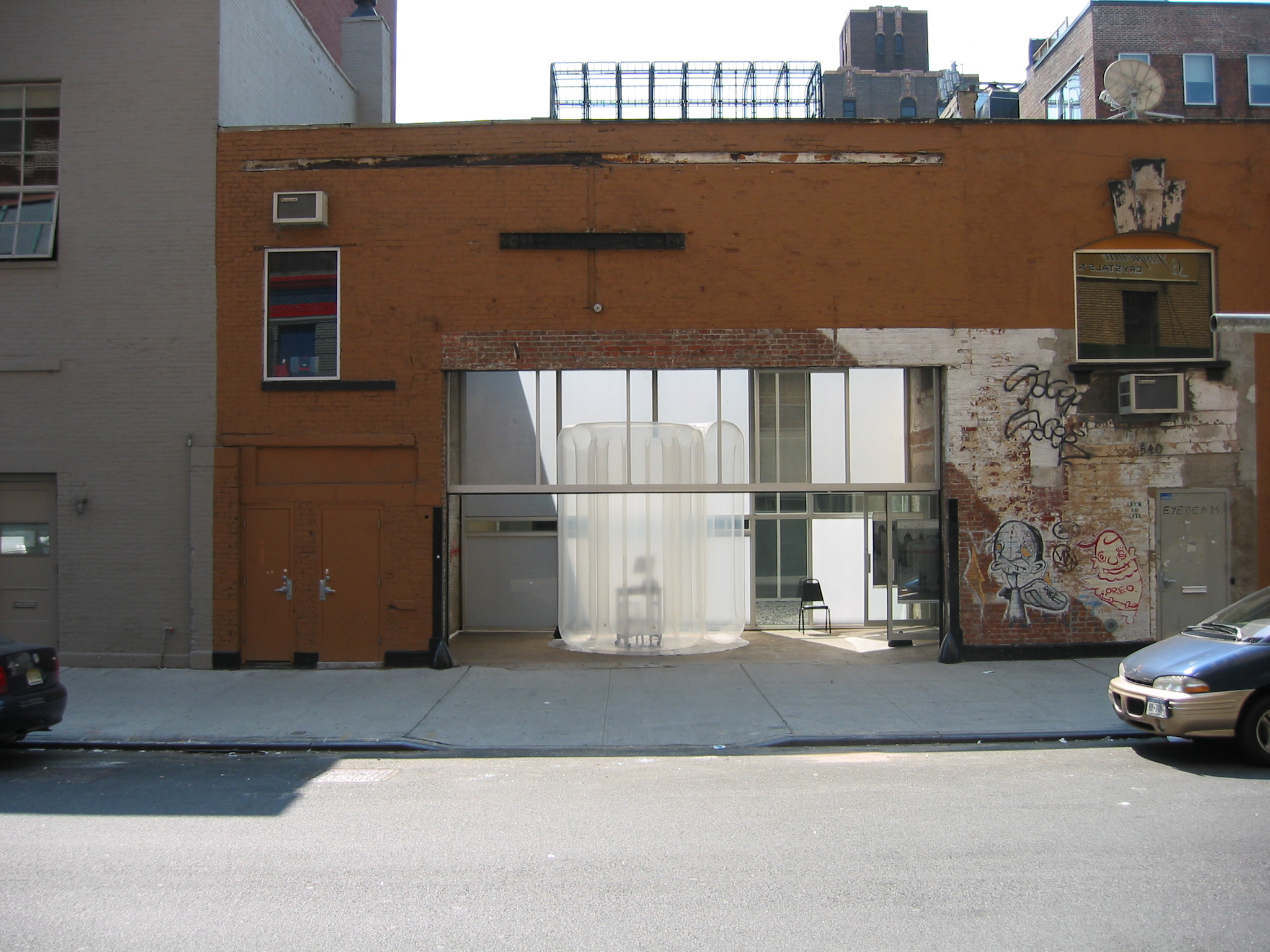 Karen Lancel, Hermen Maat. Agora Phobia (digitalis). Eyebeam New York. Curator: Benjamin Weil. (2003). Picture: © Eyebeam New York. © Lancel/Maat. Exhibition Date:9/11, 2003[/caption]
[caption id="attachment_1041" align="alignnone" width="1623"]
Karen Lancel, Hermen Maat. Agora Phobia (digitalis). Eyebeam New York. Curator: Benjamin Weil. (2003). Picture: © Eyebeam New York. © Lancel/Maat. Exhibition Date:9/11, 2003[/caption]
[caption id="attachment_1041" align="alignnone" width="1623"]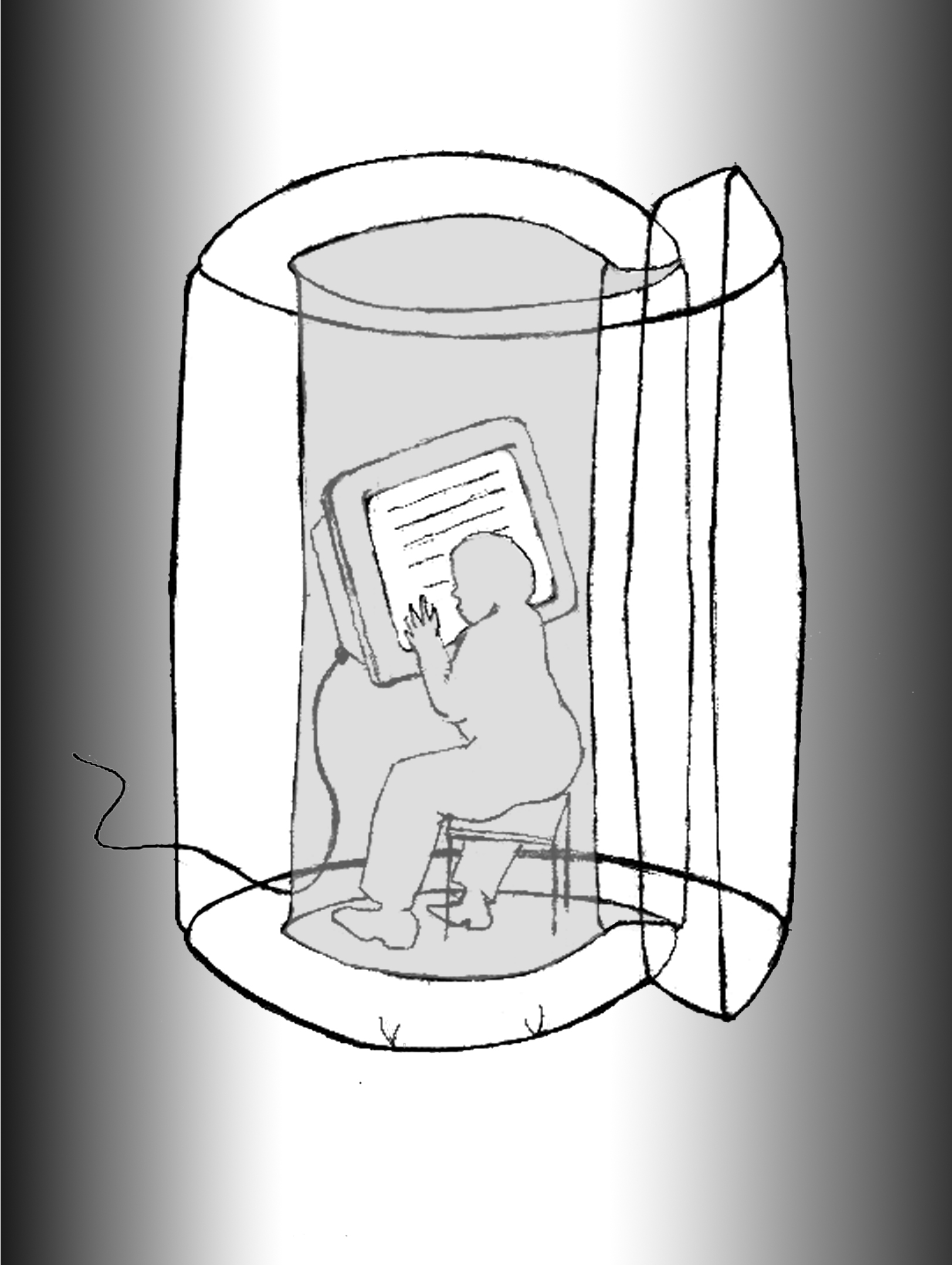 11. Karen Lancel, Agora Phobia (Digitalis), 2000-2009.[/caption]
[caption id="attachment_1042" align="alignnone" width="1200"]
11. Karen Lancel, Agora Phobia (Digitalis), 2000-2009.[/caption]
[caption id="attachment_1042" align="alignnone" width="1200"]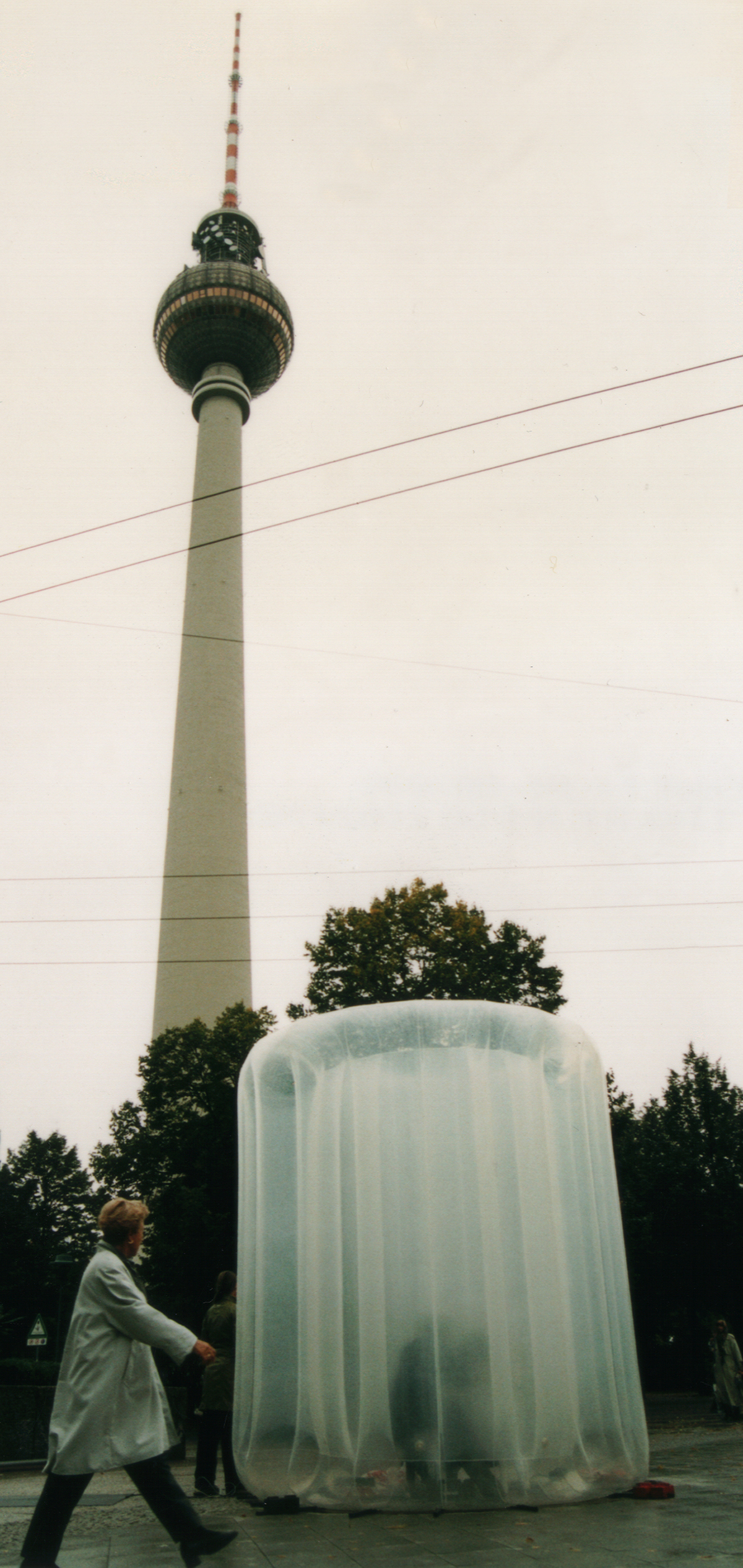 Karen Lancel, Hermen Maat. Agora_Phobia (digitalis). Podewil Berlin. Curator Wilhelm Grosz. (2001). Photo Credits Lancel Maat, © Lancel Maat. City location Alexanderplatz Berlin[/caption]
Karen Lancel, Hermen Maat. Agora_Phobia (digitalis). Podewil Berlin. Curator Wilhelm Grosz. (2001). Photo Credits Lancel Maat, © Lancel Maat. City location Alexanderplatz Berlin[/caption]
 Karen Lancel, Hermen Maat. Agora Phobia (digitalis). De Appel Amsterdam. Exhibition: 'Unlimited.nl#3'. Curator: Zdenka Badovinac. (2000). Photo Credits: Lancel/Maat.©Lancel/Maat. City location: Rokin, Amsterdam[/caption]
[caption id="attachment_506" align="alignnone" width="708"]
Karen Lancel, Hermen Maat. Agora Phobia (digitalis). De Appel Amsterdam. Exhibition: 'Unlimited.nl#3'. Curator: Zdenka Badovinac. (2000). Photo Credits: Lancel/Maat.©Lancel/Maat. City location: Rokin, Amsterdam[/caption]
[caption id="attachment_506" align="alignnone" width="708"] Karen Lancel, Agora Phobia (Digitalis), 2000-2009. website Screen capture 2012-04-24.[/caption]
[caption id="attachment_1040" align="alignnone" width="2048"]
Karen Lancel, Agora Phobia (Digitalis), 2000-2009. website Screen capture 2012-04-24.[/caption]
[caption id="attachment_1040" align="alignnone" width="2048"] Karen Lancel, Hermen Maat. Agora Phobia (digitalis). Eyebeam New York. Curator: Benjamin Weil. (2003). Picture: © Eyebeam New York. © Lancel/Maat. Exhibition Date:9/11, 2003[/caption]
[caption id="attachment_1041" align="alignnone" width="1623"]
Karen Lancel, Hermen Maat. Agora Phobia (digitalis). Eyebeam New York. Curator: Benjamin Weil. (2003). Picture: © Eyebeam New York. © Lancel/Maat. Exhibition Date:9/11, 2003[/caption]
[caption id="attachment_1041" align="alignnone" width="1623"] 11. Karen Lancel, Agora Phobia (Digitalis), 2000-2009.[/caption]
[caption id="attachment_1042" align="alignnone" width="1200"]
11. Karen Lancel, Agora Phobia (Digitalis), 2000-2009.[/caption]
[caption id="attachment_1042" align="alignnone" width="1200"] Karen Lancel, Hermen Maat. Agora_Phobia (digitalis). Podewil Berlin. Curator Wilhelm Grosz. (2001). Photo Credits Lancel Maat, © Lancel Maat. City location Alexanderplatz Berlin[/caption]
Karen Lancel, Hermen Maat. Agora_Phobia (digitalis). Podewil Berlin. Curator Wilhelm Grosz. (2001). Photo Credits Lancel Maat, © Lancel Maat. City location Alexanderplatz Berlin[/caption]
year
2000-2009
premiere
The work was first presented in 2000 at de Appel in Amsterdam, in the exhibition “Unlimited.nl#3”, curated by Zdenka Badovinac. This series of exhibitions gave attention to developments in contemporary art in the Netherlands. Between 2000 and 2009, it has been installed in different places including Berlin, Paris, and New York
software
website, online archive
functionality
Inside the Isolation Pillar there is room for one visitor who is invited to chat with someone who lives in isolation somewhere else. The visitors become part of the artwork by having dialogue in a chatroom.
part of collection
production
Agora Phobia (digitalis) was produced in collaboration with:
KUSontwerpers - poster
Rens Bouma / imaginAiR - design and production of the Isolation Pillar
Robert Steijn - dramaturgy
Isabelle Jenniches - website TraumaTour
TV3000 - website Agora Phobia (digitalis)
Jellichje Reijnders - feedback and text
hardware
inflatable semi-transparent Isolation Pillar, computer
technical specs
Agora Phobia (digitalis) is a mobile monument containing a website and a travelling, inflatable, semi-transparent Isolation Pillar. Another part of the work is the visitors and the conversations they have via chat, which are being saved in an online database.
intention artistquote by artist
quote
“In artistic and academic research we explore the themes of ‘trust’, ‘reciprocity, ‘privacy’ and ‘presence’ in our current social ecosystem of mediated realities. It is argued that face to face connection, spatial embodied experience and touch, are core components for reciprocity, social mirroring and trust – which are in turn the foundations of our social structures. In this context we build on concepts of media and social scientists (William J. Mitchell, Sherry Turkle, Paul Virilio, Arjen Mulder, Antonio Damasio, Caroline Nevejan). We further build on audience
experiential feedback and reflective witnessing to create our participatory art works.”3
influence
The work of Lancel/Maat is inspired by the work of Lygia Clark, Rafael Lozano Hemmer, Valie Export and Peter Weibel, Sophie Calle, Marina Abramovic & Ulay, and Dan Graham.
The work has elements of performance art and is participatory. These elements are typical for new media works.
The work Agora Phobia (digitalis) was part of a larger project called “TraumaTour”.
context
LITERATURE
“Agora Phobia (Digitalis).” DHAPS, dhaps.org.
“Agora Phobia (Digitalis).” Lancel/Maat, lancelmaat.nl.
“Fwd: Cream 13: Cream Bits.” Rhizome, 29 Sept. 2003, 08:30, rhizome.org.
“Kunstwerk: Agora Phobia (Digitalis), 1999.” Kunst En Publieke Ruimte, dwaalmachine.sjonges.nl.
Ferrario, Beatrice. “Inviting Horror: Join To The Fear.” Digicult | Digital Art, Design and Culture, 2 May 2016, digicult.it.
Lancel, Karen. “TELE_TRUST Artistic Research.” Amsterdamse Hogeschool Voor De Kunsten, 2009, ahk.nl (pdf).
Struppek, Mirjam. “The Social Potential of Urban Screens.” Visual Communication, vol. 5, no. 2, June 2006, pp. 173–188.
part of active discussion
scene artists institutes
Eyebeam, De Appel, participatory art, internet art
footnote
1 Agoraphobia is an anxiety disorder characterized by symptoms of anxiety in situations where the person perceives their environment to be unsafe with no easy way to escape. These situations can include open spaces, public transit, shopping centers, or simply being outside their home. Source: "Agoraphobia." Wikipedia: The Free Encyclopedia. Wikimedia Foundation, Inc. 2 December 2018, en.wikipedia.org.
2 “About.” Lancel/Maat, lancelmaat.nl.
3 Karen Lancel and Hermen Maat, “Meeting Rituals & Shared Senses.” Lancel/Maat, lancelmaat.nl (pdf).
Annie Abrahams
Livinus van de Bundt & Jeep van de Bundt
Driessens & Verstappen (Erwin Driessens and Maria Verstappen)
Yvonne le Grand
Edward Ihnatowicz
JODI (Joan Heemskerk & Dirk Paesmans)
Bas van Koolwijk
Lancel/Maat (Karen Lancel and Hermen Maat)
Jan Robert Leegte
Peter Luining
Martine Neddam
Marnix de Nijs and Edwin van der Heide
Dick Raaijmakers
Joost Rekveld
Remko Scha
Jeffrey Shaw
Debra Solomon
Steina
Peter Struycken
Michel Waisvisz